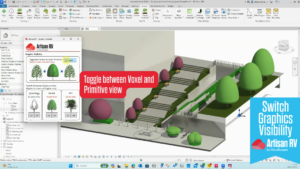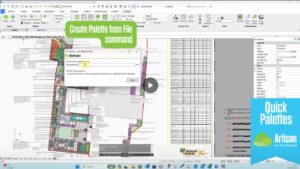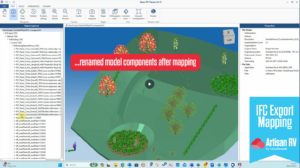A lack of accuracy, design intention misunderstanding and execution delays can all occur in the construction industry without the right methodologies, technology, and processes in place.
That’s why for landscape architects and those in construction, BIM is such a vital tool because it enables teams to achieve projects that accurately meet the desired brief and are executed on time and to specific client requirements.
In this latest 3-part series of blogs, we delve deeper into BIM and explore why it’s such a game changer for landscape architects and the construction industry and how it can be utilised in a variety of ways to make projects smoother and more efficient.
In part 1, we discuss whether BIM is a trend that will pass, or a genuine need for landscape architects.
BIM. A trend or a need?
Building Information Modelling (BIM) have been the buzzwords for more than a decade; however, many people talk about BIM without having an understanding of what it is.
Before BIM, the approach to digitisation was made through 2D Computer-Aided Design (CAD) applications that helped to solve some of the inaccuracies that came from using pen and paper.
However the limitations of CAD technology were surpassed swiftly, given the fast-paced technological advancements in construction systems, machinery, and building materials. Put simply, new construction mechanisms couldn’t be managed with old ways of thinking.
The game-changer
With BIM now leading the way, the resistance to change is being broken. More professionals acknowledge the importance of moving from isolated 2D digital platforms to a more integrated environment.
Solutions that facilitate 3D modelling with enriched information, where you can coordinate and collaborate with all relevant stakeholders so that everyone is aligned with the project objectives, are critical.
Thanks to the recognition of BIM as a methodology for improving the building lifecycle, there has been a significant level of adoption among architects, structural, civil, & MEP engineers, as well as a number of other industry professionals.
To find out more about our range of landscape design software and how it integrates seamlessly with BIM, visit http://20.162.234.125/.








